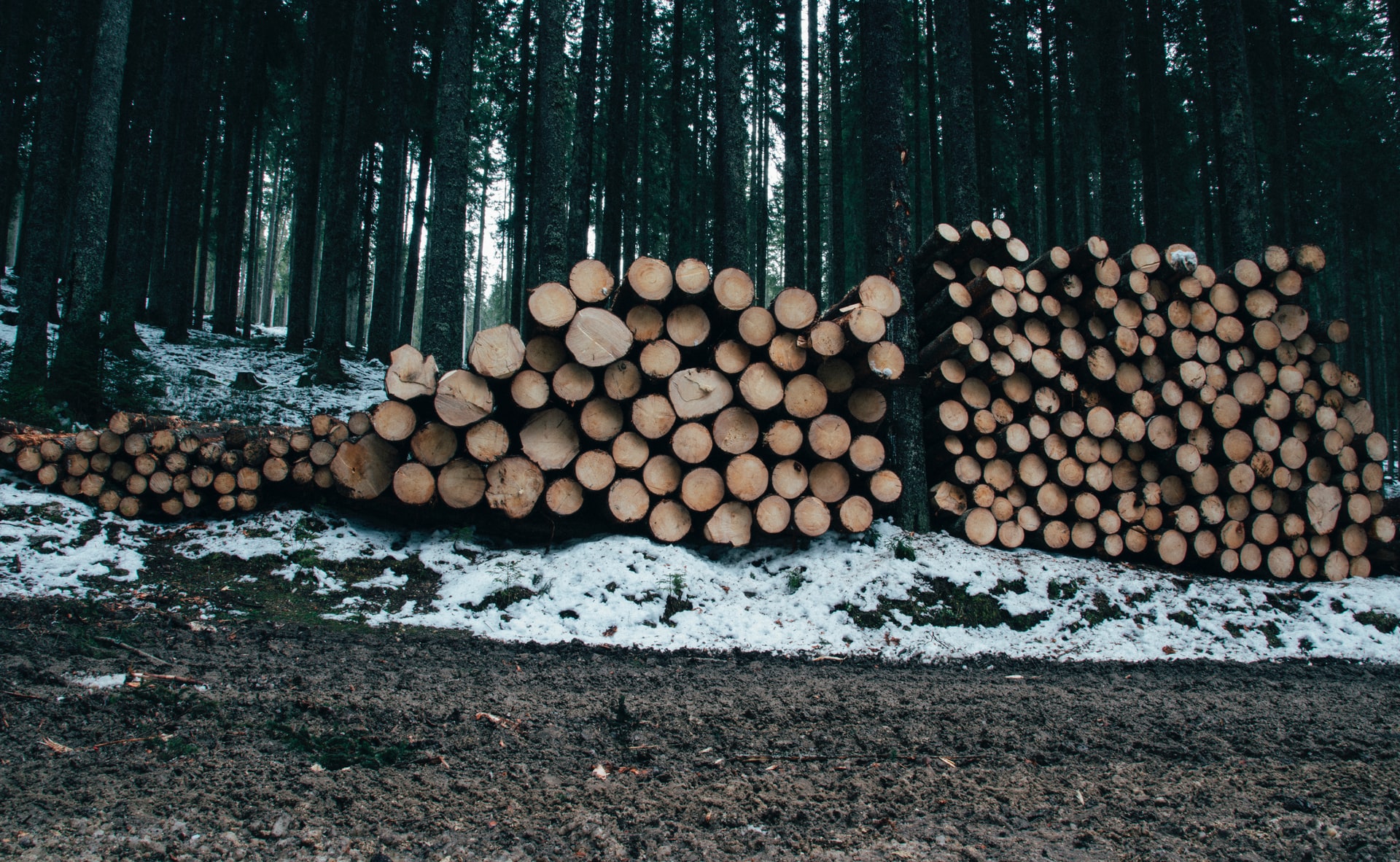This article by Saul Elbein was originally published on 29 July 2020 in Mongabay. Saul describes the outdated ideas linked to creating ‘biomass’ and illuminates the harm caused by creating even more CO2.
- An outdated Kyoto Climate Agreement policy, grandfathered into the 2015 Paris Agreement, counts electrical energy produced by burning biomass — wood pellets — as carbon neutral. However, new science demonstrates that burning forests for energy is dirtier than coal and not carbon neutral in the short-term.
- But with the carbon accounting loophole still on the books, European Union nations and other countries are rushing to convert coal plants to burn wood pellets, and to count giant biomass energy facilities as carbon neutral — valid on paper even as they add new carbon emissions to the atmosphere. The forest industry argues otherwise.
- It too is capitalizing on the loophole, building large new wood pellet factories and logging operations in places like the U.S. Southeast — cutting down forests, pelletizing trees, and exporting biomass. A case in point are the two giant plants now being built by the Enviva Corporation in Lucedale, Mississippi and Epes, Alabama.
- Enviva and other firms can only make biomass profitable by relying on government subsidies. In the end, forests are lost, carbon neutrality takes decades to achieve, and while communities may see a short-term boost in jobs, they suffer air pollution and the risk of sudden economic collapse if and when the carbon loophole is closed.
When biomass manufacturer Enviva completes its two newest U.S. Gulf Coast plants on opposite sides of the Alabama-Mississippi state line, likely by 2021, they will be the largest “biomass for energy” manufacturing plants on the planet.
Every year, the two factories will grind the equivalent of a hundred square miles of forest into 2.7 million metric tons of combustible wood pellets, to be burned at former coal plants in Europe and Asia — with all the resulting carbon released into the atmosphere.
These U.S. biomass plants, and the wood pellets they churn out, will thrive atop a shaky Jenga tower of political, economic and environmental paradoxes, according to environmentalists. Unable to compete with carbon fuels like coal or natural gas on price, Enviva’s wood pellet plants will stay afloat because of direct and implicit subsidies coming from the European Union, whose members agreed to derive 32% of their energy from renewables by 2030 — a category that they deemed to include biomass.
The EU endorsed this policy even though recent science has shown unequivocally that wood pellets release more CO2 even than coal.
Rule of thumb: to get from the 2.7 million metric tons of wood pellets produced annually to the amount of CO2 released from smokestacks, multiply roughly by four. That means the pellets the two new Gulf Coast mills produce, when burned abroad, could project a little over 10 million tons of CO2 into the atmosphere — the equivalent of 55,000 railroad cars of coal — all while soaking up subsidies that might otherwise go to traditional renewables like wind, tidal, or solar energy, according to Duncan Brack of the Chatham House international NGO and think tank.
Those subsidies, say scientists, are based on now debunked research first conducted and used as guidance for making policy incorporated into the Kyoto Climate Agreement, a policy then grandfathered into the 2015 Paris Agreement. They say the mistake that makes biomass economically viable today is the contention that burning up the world’s forests to produce energy is carbon neutral, an inconvenient untruth that, critics contend, the United Nations has dodged facing at every annual international meeting since Paris.
You can read the whole, original article here:
https://news.mongabay.com/2020/07/burning-down-the-house-envivas-giant-u-s-wood-pellet-plants-gear-up/


Biomass is insane. When the one strategy for surviving the industrial use of fossil fuels (temporarily) is to plant 4 trillion trees (doable, but not being done), these morons are deliberately doing the opposite — burning forests and reducing the number of trees, when we should be vastly increasing them. Burning healthy trees for fuel should be a felony everywhere.
Fortunately, only about 1% of industrial energy is currently provided by biomass, most of which is produced by bio-rapist Brazil. And the only way to stop Brazil from destroying the Amazon is a global embargo on Brazilian products. But instead of an embargo, Europe in particular is indirectly burning Brazil, due to a bullshit technicality that misidentifies biomass as carbon neutral.
Biomass operations anywhere should be monkey-wrenched, otherwise sabotaged, and destroyed. They are crimes against Nature, and can be attacked in self-defense. If you breathe, they are mortal threats to you, and we all have the legal right to defend ourselves.
Actually a more effective way to stop Brazil from destroying the Amazon is to support our peoples’ sovereignty and right to self-determination. Whichever government runs Brazil, left or right, is just a puppet of global capitalist interests. It has always been like this, since 1500.